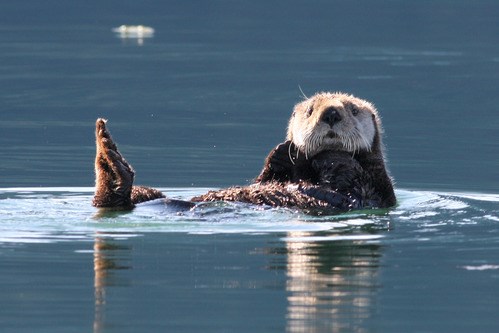"The sea is cold, but the sea contains the hottest blood of all..." D.H. Lawrence

NPS Photo
History
Historically, marine mammals were traded as a commodity. The Russian fur trade decimated otter populations; turning their dense fur into hats and coats. Whale blubber was used in oil lamps that “lit the world” for much of the 17th – 19th centuries. Today, their place at the top of the food chain makes marine mammals especially vulnerable to pollutants. Orcas, or killer whales, have been found to contain high levels of PCBs and pesticides, toxins that are passed on to their young through their milk.
Learn about Marine Mammals
National parks are among the places where scientists study these amazing creatures, so we can learn how to protect them and restore threatened populations. Marine mammals are a main attraction at many coastal parks: manatees can be seen in the waters of coastal parks in Florida such as Big Cypress and Everglades; Steller sea lions can be found on rocks off shore in Olympic and Kenai Fjords; and a variety of whale species make their annual migrations along both east and west coast parks. Perhaps we are drawn to these warm-blooded creatures because they are like us; they are intelligent, they care for their young, they have strong family ties, and they rely on healthy ocean ecosystems for survival.Learn More
Last updated: February 1, 2018
